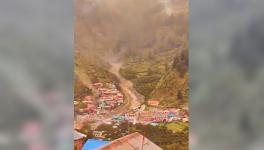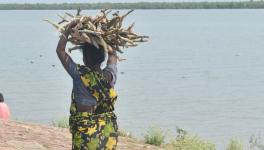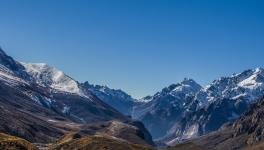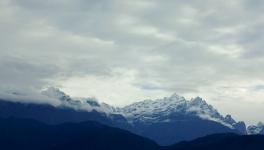Siberian Heat Wave: A Living Example of Man-Made Climate Change
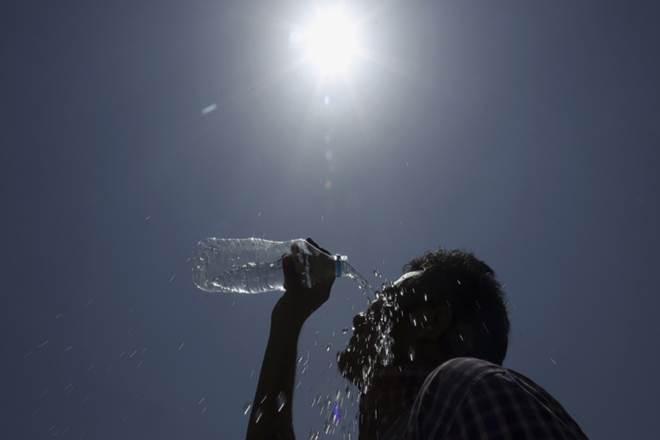
Image for representational use only.Image Courtesy : The Financial Express
As much the deniers of climate change try to keep away from fact, the reality of climate change has been showing its effects for some time now, the latest example being the Siberian heat wave.
This year, the Russian town of Vherkhoyansk recorded 38-degree Celsius temperature in the month of June, which, apparently, is the highest temperature ever to have been recorded in the North Arctic circle. Moreover, the Russian region has recorded temperature more than 5 degree Celsius than the average between the months January and June this year.
The unusually high temperature in the Siberian region led to a cascade of other disasters, both natural and man-made, leading the Russian President to declare a state of emergency in early June.
The heat wave also led to an Arctic wildfire which was so ravaging that it led to the release of about 56 megatonnes of carbon dioxide, according to estimates. This was accompanied by the collapse of a reservoir storing 20,000 tonnes of diesel that spilled over in the Russian city of Norilsk in the month of May.
Siberian Heat Wave Caused by Man-Made Climate Change
Without man-made climate change, the unprecedented heat wave in Siberian region would not have occurred. This is the conclusion made by a study comprising a team of climate scientists, led by the UK Met office.
“Their analysis showed that prolonged heat like Siberia experienced from January to June this year would only happen less than once in every 80,000 years without human-induced climate change - making it almost impossible in a climate that had not been warmed by greenhouse gas emissions,” reads the UK Met office press release about the study.
Also read: Past Decade Was Hottest Till Date, Says UN
This is something really worrisome and it calls for urgent reductions in the emission of greenhouse gases on a global scale. This also signifies as an unequivocal evidence that climate change caused by man-made reasons is impacting the planet.
The study was an attribution study, the kind of study that attempts to figure out how man-made climate change plays a role in weather events. According to Prof. Peter Scott of the Met office, this study shows the strongest result of any attribution study done till date.
The Arctic is also estimated to be warming at double the rate than the global average. Since 1850, estimations say, Arctic temperatures have risen 2 degree Celsius, while the global rise is about 1 degree Celsius.
How Arctic Events Impacts Weather of Other Regions
Global weather is intricately related; no place can escape from a change in the global climate, even if a place has little contribution to the greenhouse gas emission. The drastic change in Arctic region ought to have impacts on several parts of the world.
Another a study has come out with findings which suggest that a series of extreme weather conditions in UK was related to the changes over the Arctic. For example, the one in the winter of 2018, when massive snow fall-beyond normal-took place in some places. It was due to Arctic air blowing over the country. The storm caused wide spread damages and casualties.
The flood in February this year, according to the study is also attributable to the Arctic changes and also the one that happened back in 2015.
The linkage of UK weather and that of Arctic is the jet stream. The jet stream is a fast-moving wind high in the atmosphere and can be thought of as a ribbon over the atmosphere. The jet stream also impacts weather systems all over the globe.
While the Arctic is warming doubly than the rest of the globe, it is not limited to Siberia or other parts of Russia or UK, it is an expression of the man made climate change manifested primarily in global warming.
Get the latest reports & analysis with people's perspective on Protests, movements & deep analytical videos, discussions of the current affairs in your Telegram app. Subscribe to NewsClick's Telegram channel & get Real-Time updates on stories, as they get published on our website.











